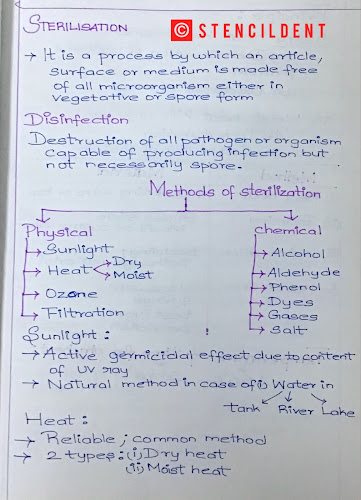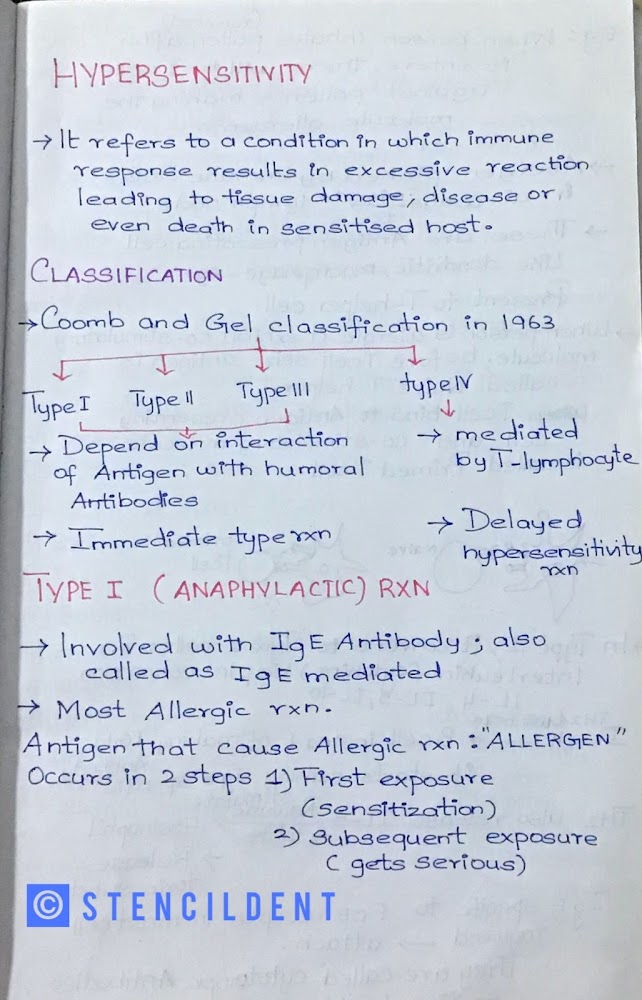CEPHALOSPORIN MECHANISM OF ACTION ( PART-2)
CEPHALOSPORIN
ANTIBACTERIAL SPECTRUM:
GRAM POSITIVE BACTERIA :
- Streptococcus pyogens
- Viridan streptococci
- Staphylococcus aureus
- Streptococcus pneumonia
GRAM NEGATIVE BACTERIA:
- E.coli
- Klebsiella
- Pneumonia
- Proteus
MECHANISM OF ACTION :
IN GRAM POSITIVE BACTERIA -
- Cephalosporin penetrate peptidoglycan layer bind to penicillin binding protein blocking its activity there by causing damage to peptidoglycan synthesis
IN GRAM NEGATIVE BACTERIA-
- Enter through outer membrane bind to penicillin binding protein and damage peptidoglycan synthesis
some may release beta lactamase that bind to cephalosporin which inhibit its function but clavulanic acid and cephalosporin thereby binds the bacteria and thus enabling bacterial action
SECOND GENERATION:
CEFUROXIME-
- Resistant to gram negative beta lactamase
- Active against -ampicillin resistant H.Influenza
- Well tolerated in intramuscular action
THIRD GENERATION:
CEFTRIAXONE:
- Long duration of action
- Absorption: cerebrospinal fluid is good
- Excretion: urine, bile
- Bacterial meningitis
- Typhoid fever
- Septicemia
- Abdominal sepsis
- Urinary tract infection
ADVERSE EFFECTS :
- Nephrotoxicity
- Hypoprothrombinemia
- Bleeding
- Hemolysis
- Allergic reaction
USES OF CEPHALOSPORIN:
- Odontogenic infection
- Bacterial endocarditis
- Meningitis
- Septicemia








Comments
Post a Comment